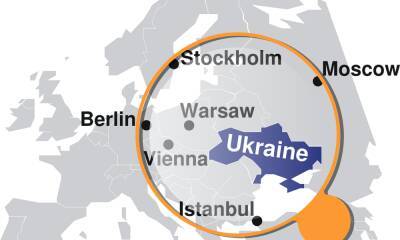Top ethereum killers: All you need to know
Over the last few years, Ethereum, the second-biggest blockchain platform, rapidly gained popularity as the network of choice for most non-fungible tokens (NFTs) and decentralised finance (DeFi) projects. Its native token ether climbed to the second spot in terms of market cap globally, over 100 unique DeFi projects started development on its original smart contracts blockchain, and most NFT marketplaces used it to build their infrastructure.But it has also been facing issues such as slow network speed and high transaction fees.
While Ethereum has initiated the process of fixing these issues, newer projects dubbed “Ethereum killers” are capitalising on the opportunity created in the interim by providing faster, more energy-efficient networks.What led to the rise of Ethereum killers?Ethereum is in the process of transforming to ‘Ethereum 2.0’ where it will be changing its consensus mechanism from proof of work to proof of stake. This change was beckoned by the high levels of scrutiny proof of work has faced due to the high carbon footprint it leaves.
While that has been the face of Ethereum’s problems, there are significant issues that crypto enthusiasts have been complaining about for a long time.Also Read | RBI deputy governor calls for outright crypto ban, likens them to ponzi schemesAnother major problem is Ethereum’s scalability. The proof of work mechanism, as discussed above, hinders the network’s growth, specifically how it handles its transaction and gas fees.
Read more on cnbctv18.com











